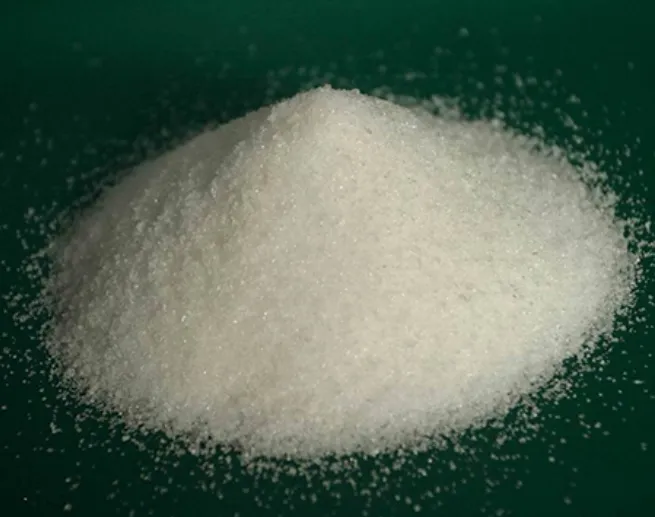Different Types of Flocculants and Their Applications in Industry
Understanding Flocculant Types and Their Applications
Flocculants play a crucial role in various industrial applications, particularly in water treatment processes, wastewater management, and mineral processing. These chemical agents assist in aggregating fine particles into a floc or a flocculate, facilitating easier removal from liquids. Understanding the different types of flocculants available can help industries choose the most effective solution for their unique requirements.
Types of Flocculants
1. Synthetic Organic Flocculants Synthetic flocculants are widely used due to their efficiency and versatility. They are primarily based on polyacrylamide and its derivatives, which can be tailored to exhibit specific charge properties and molecular weights. Depending on the charge, synthetic flocculants can be categorized into anionic, cationic, and non-ionic types. Anionic flocculants are effective in clarifying wastewater with positively charged contaminants, while cationic flocculants work well with negatively charged particles. Non-ionic flocculants have a neutral charge and are suitable for a wide range of applications.
2. Natural Flocculants These flocculants are derived from natural materials, such as plants, algae, and microorganisms. Common examples include chitosan, starch, and various polysaccharides. Natural flocculants are often preferred for environmentally sensitive applications, as they are biodegradable and have minimal ecological impact. They are particularly effective in treating turbid water and in processes where chemical residuals need to be minimized.
3. Inorganic Flocculants Inorganic flocculants, including aluminum sulfate (alum) and ferric chloride, are often used for their cost-effectiveness and rapid action. They work by destabilizing emulsions and promoting the aggregation of suspended solids. Although effective, the use of inorganic flocculants may introduce additional impurities into the water being treated, necessitating further treatment steps. Their use is common in drinking water treatment and municipal wastewater systems.
Applications of Flocculants
Flocculants are used across various sectors, including
flocculant types

- Water Treatment In drinking water purification, flocculants help remove impurities, pathogens, and particulate matter. The flocculation process enhances sedimentation, leading to clearer water.
- Wastewater Treatment In municipal and industrial wastewater treatment plants, flocculants are essential for removing suspended solids, oils, and heavy metals. They aid in achieving compliance with environmental regulations.
- Mining and Mineral Processing In the mining sector, flocculants facilitate the separation of valuable minerals from ore by promoting the aggregation of solid particles, which can then be removed more efficiently.
- Paper and Pulp Industry Here, flocculants assist in the production of high-quality paper by improving fiber retention and enhancing drainage during the papermaking process.
Challenges and Considerations
While flocculants are essential in many processes, their selection requires careful consideration. Factors such as the nature of the feed material, desired water quality, environmental impact, and cost must be evaluated. Moreover, overdosage of flocculants can lead to reverse effects, creating larger aggregates that do not settle properly.
Conclusion
Flocculants are indispensable tools in optimizing the efficiency of various industrial processes. Understanding the different types of flocculants—synthetic, natural, and inorganic—enables industries to tailor their solutions effectively, ensuring not only quality outcomes but also environmental sustainability. As the demand for clean water and effective waste management continues to grow, the role of flocculants in these processes will only become more critical.
-
LK-319 Special Scale And Corrosion Inhibitor For Steel Plants: Advanced Solutions for Industrial Water SystemsNewsAug.22,2025
-
Flocculant Water Treatment: Essential Chemical Solutions for Purification ProcessesNewsAug.22,2025
-
Isothiazolinones: Versatile Microbial Control Agents for Industrial and Consumer ApplicationsNewsAug.22,2025
-
Scale Inhibitor: Key Solutions for Water System Scale PreventionNewsAug.22,2025
-
Organophosphonates: Versatile Scale Inhibitors for Industrial Water SystemsNewsAug.22,2025
-
Scale and Corrosion Inhibitor: Essential Chemical Solutions for Water System MaintenanceNewsAug.22,2025





